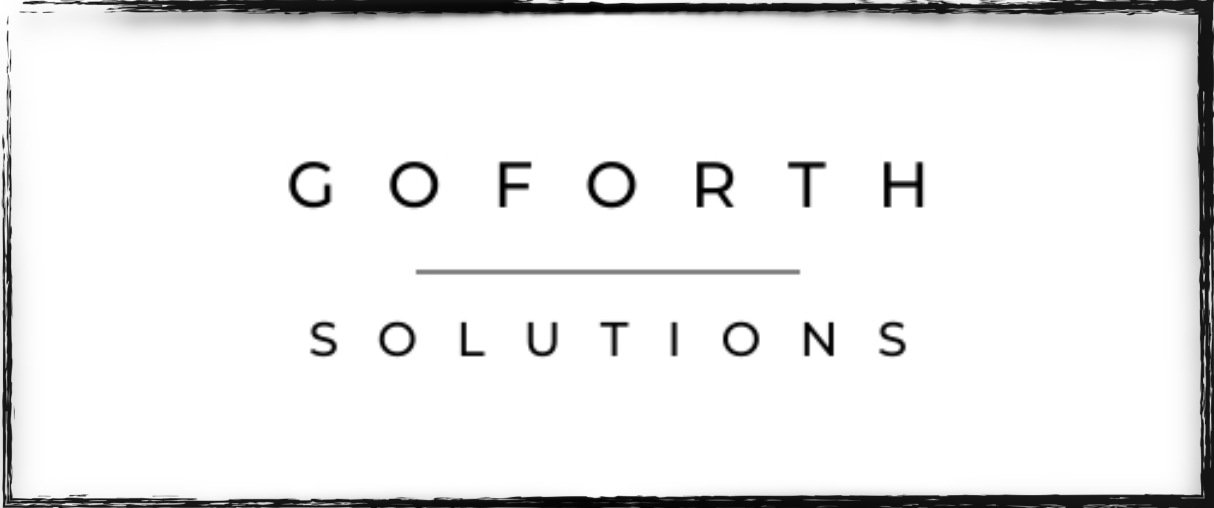How Numbers Can Lead to Biases
/To simplify the world enough that it can be captured with numbers means throwing away a lot of detail. The inevitable omissions can bias the data against certain groups. (Deborah Stone in her book Counting: How We Use Numbers to Decide What Matters) describes an attempt by the United Nations to develop guidelines for measuring levels of violence against women.
Representatives from Europe, North America, Australia, and New Zealand put forward ideas about types of violence to be included, based on victim surveys in their own countries. These included hitting, kicking, biting, slapping, shoving, beating, and choking.
Meanwhile, some Bangladeshi women proposed counting other forms of violence—acts that are not uncommon on the Indian subcontinent—such as burning women, throwing acid on them, dropping them from high places, and forcing them to sleep in animal pens. None of these acts were included in the final list.
When surveys based on the U.N. guidelines are conducted, they’ll reveal little about the women who have experienced these forms of violence. As Stone observes, in order to count, one must first decide what should be counted.
Hannah Fry writing in The New Yorker
